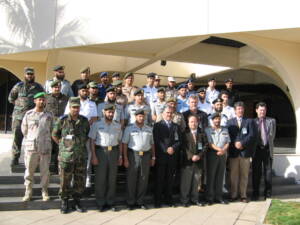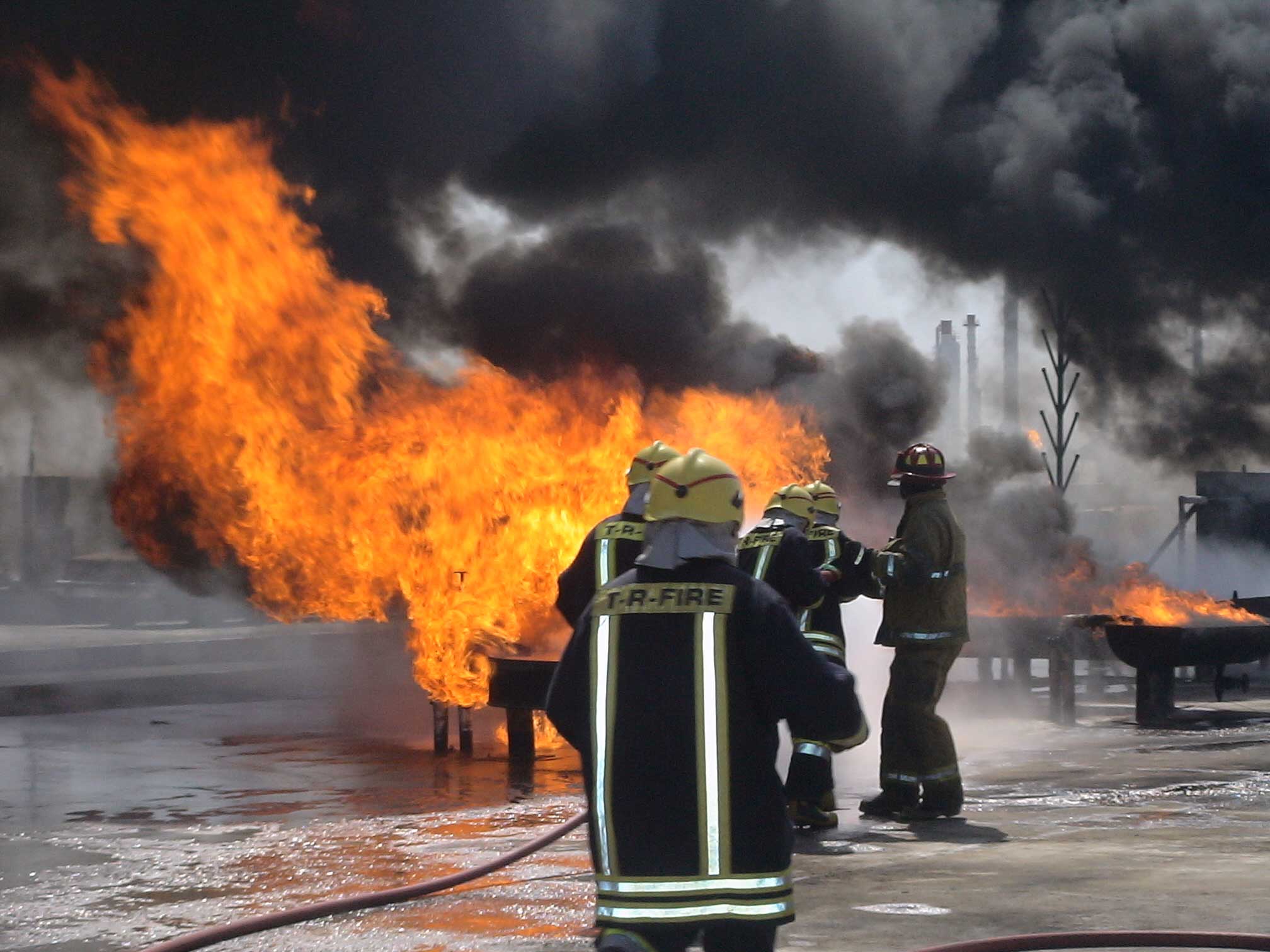Introduction: A group of CBRNe specialists have come together to share their decades of academic and practical experience with those who appreciate high quality of standards in this field. The uniqueness of WSEE (waste management, safety& security, energy transition and environment) can be traced in the following characteristics of Group members:
- High Level of theoretical & academic education;
- Decades of practical experience at national and international levels covering more than 100 countries;
- Unique past experience of collaboration with countries in MENA Region including GCC members;
- Having being stationed in the region in the past or coming from it.
The Group has had in the past twenty years the experience of training civil defence, the police and the military of the GCC countries in their capacity building projects against CBRNe. As most of the Group members worked for decades with the Organization for Prohibition of Chemical Weapons (OPCW) in The Hague, they decided to set up their headquarters in this city although some members are frequently in some countries in the region. We will be glad to provide projects, courses and training programs we have already done in the past but in a tailor-made fashion for UAE updating them and making them adaptable to your threat and risk perceptions. We can also design and implement new ones based on UAE’s objectives. Here in short, is an abridged list of those already made in various countries in the world including GCC countries. The list is unexhausted from our side, to be conducted on-line, theoretical and mostly practical either in the United Arab Emirates, the Netherlands or other countries.
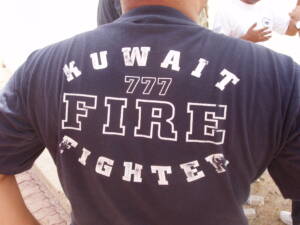
It should be noted that although the title of CBRNe is universal, yet courses and training programs for military CBRNe and civilian or urban CBRNe are different in practice. Here when we refer to this topic, we mean for both and when it comes to implementation, then we have to make sure for which target group we are aiming. Although some general and generic introduction to CBRNe could be the same but when it comes to response in a battlefield or in a shopping mall, we need to approach it differently.
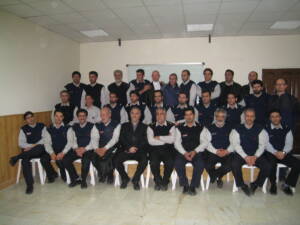
The group instructors have experience in providing trainings programs and courses in military environment including NATO School and in individual countries; in civilian environment including OPCW, WHO, EU Centres of Excellence, at airports and in individual countries.
- Course overview
- General courses:
- Risk Management in accordance with ISO 31000. (30- 40 hours). Mode of training theoretical and tabletop exercises in a class room and several smaller rooms;
- Business Continuity Management (BCM) in accordance with ISO22301 plus Continuity of Operations. (40 – 45 hours). Mode of training theoretical and tabletop exercises in a large classroom and several smaller rooms plus visiting possible entities to getacquainted with their BCM plans. Preparation for ISO implementation and audits, role playing and mock up audits;
- Crisis Management (20-25 hours). Mode of training theoretical plus possible visits to some crisis management centres. This program may include industrial cities crisis management plans;
- Infrastructure safety & security. This program can complement BCM program. Also Security vulnerability assessment plan preparation
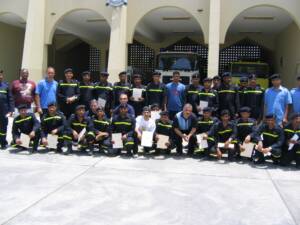
- Specialized CBRNe courses:
- CBRN and Terrorism: Evolving Threats and Strategic Responses (see attachment 1). The course is supplemented by a course on weapons of mass destruction (WMD). (30- 40 hours). Mode of training theoretical and on-line course designed for military and civil protection officers.
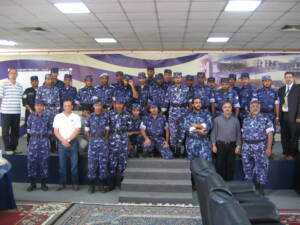
- HazMat courses. Hazardous materials courses may be conducted in accordance with NFPA standards or Standard 100 and include the following courses:
- General Awareness course including identification of hazardous materials (UN numbers, MSD sheets, reading ERG, use of different software of identification. (40 hours). Mode of training 80 percent theoretical in classroom and 20 percent practical on getting familiar with PPE.
- Protection course including donning and duffing, familiarization with different pieces of equipment, how to set up a decontamination station (decon) and how to enter and exit hot zone. (40 hours). Mode of training 40 percent theoretical and 60 percent practical. All participants must have their own PPE available to practice with. A big classroom and a room for donning and duffing and a hall (preferably a basketball hall) is required;
- Technician course including practicing donning and duffing, use of various equipment such as detection equipment, decontamination equipment, setting up decon station and entrance into and exit from hot zone and practicing operations inside the hot zone such as evacuation of victims etc. (40 hours). Mode of training 20 percent theoretical and 80 percent practical. All HazMat equipment including personal protection equipment (PPE) and team equipment (detection, decontamination and triage etc.) should be available and practiced with. A classroom, rooms for dunning and duffing, showers, and field for exercise (a basketball field or similar) needed;
- Special courses depending on the mission of the participants. Police, HazMat team of the fire department, security forces, first responders includingparamedics or industry response team and the like. Duration of the course depends on the target group and the mission.
- Incident Command System (ICS). All missions involving hazardous materials must be managed through a ICS. Practicing duties of ICS commander, ICS officers such as safety officer, logistics officer, admin officer etc. How to set up a command system, the functions, location, individual responsibilities, liaison with responsible individuals in the government or entities etc. (40 hours). The program will be culminated with one day field exercise to test all the details of the operation. Mode of training 20 percent theoretical and 80 percent practical with a classroom, rooms for dunning duffing, venue for setting up command center, showers, and all those required for a field exercise to test all aspects of the operation including standard operating procedures (SOP), working instructions (WI) and other details. The exercise can be conducted with the presence of government authorities and/or television reporters. Everything must be recorded for follow up activities.
- Live agent training (LAT). Those particularly those from the military and special forces who pass the course can be invited to a live agent training in one of the few centers in Europe which are allowed to conduct live agent training.
- Biodefense Courses including bio-detection, monitoring, identification, diagnosis, bio threat resilience and consequence management
